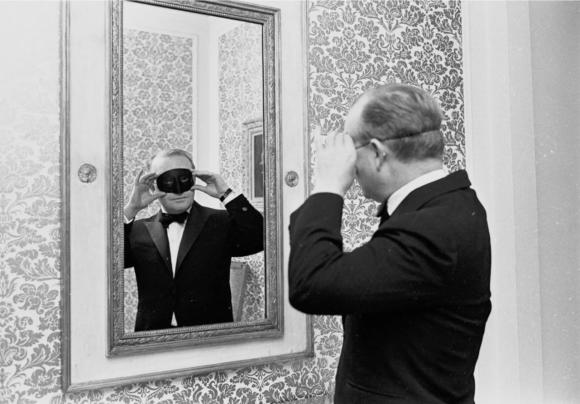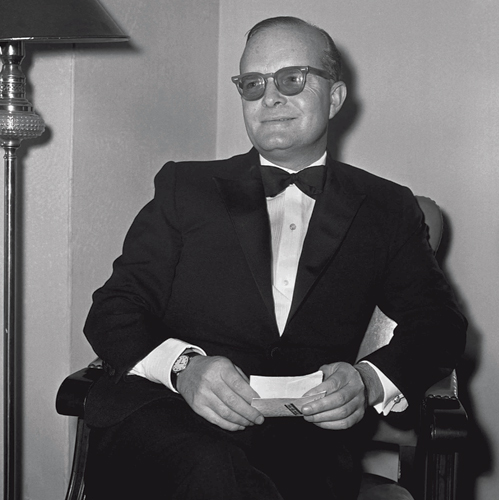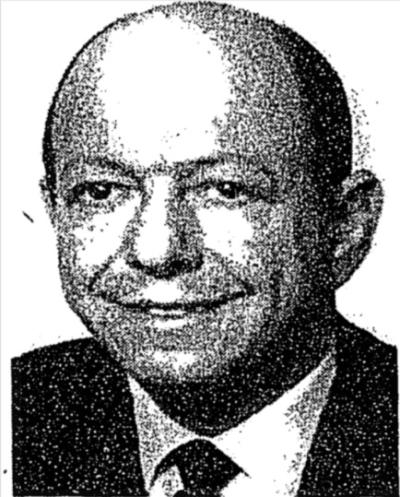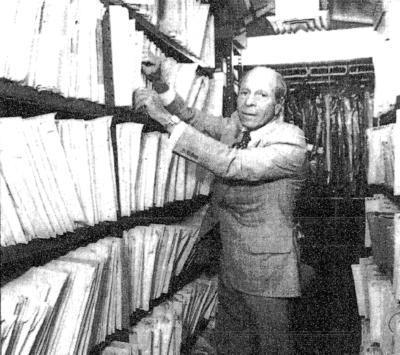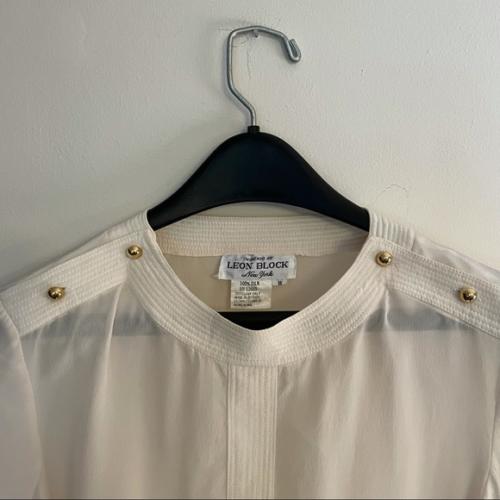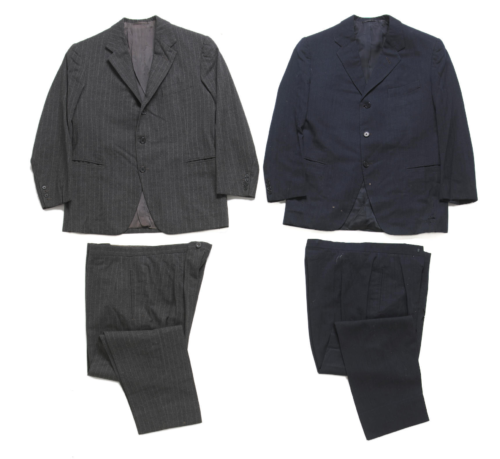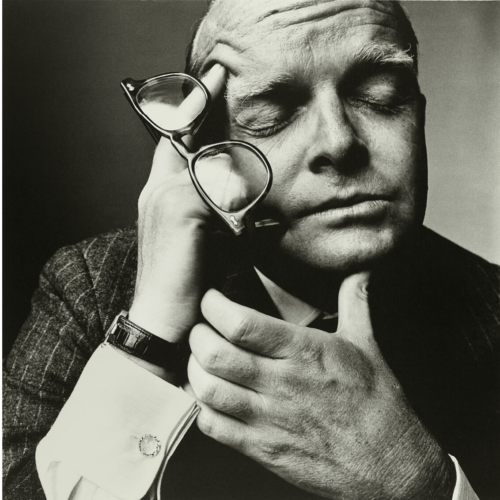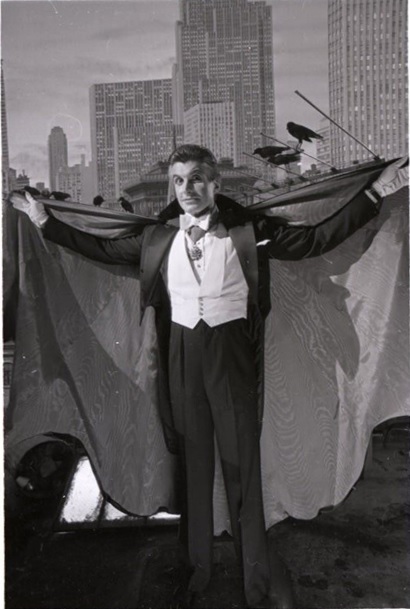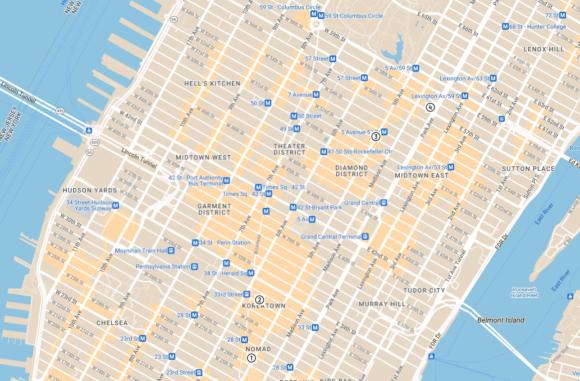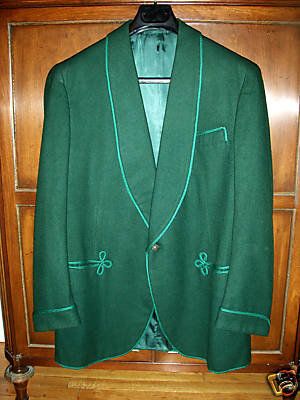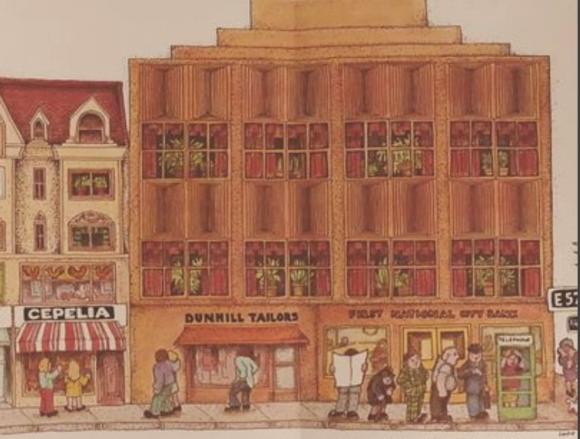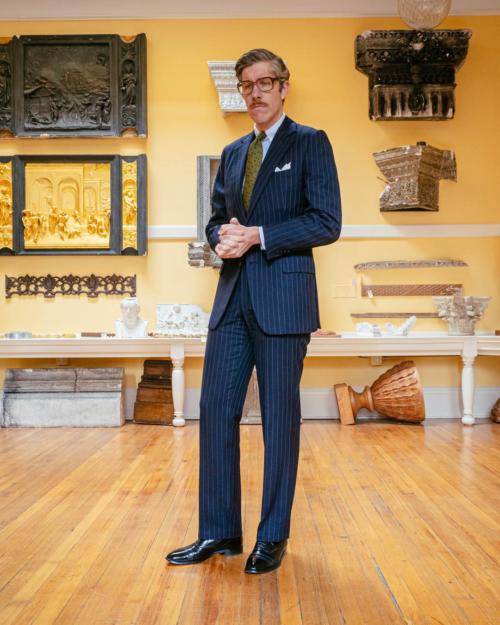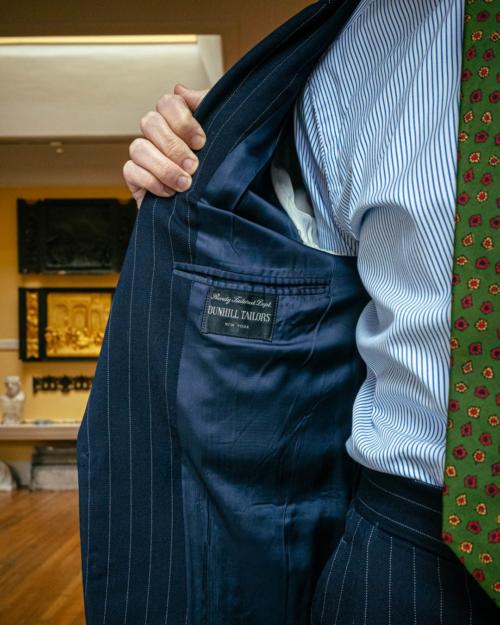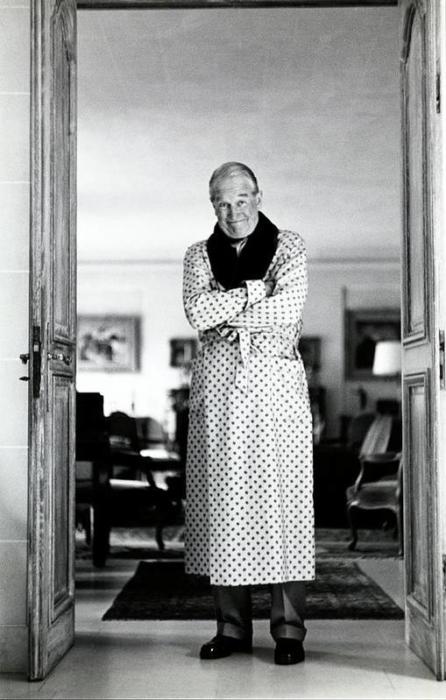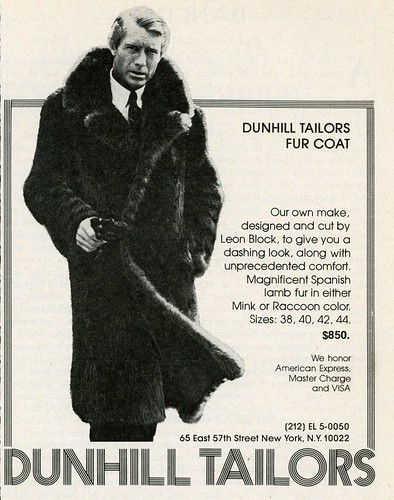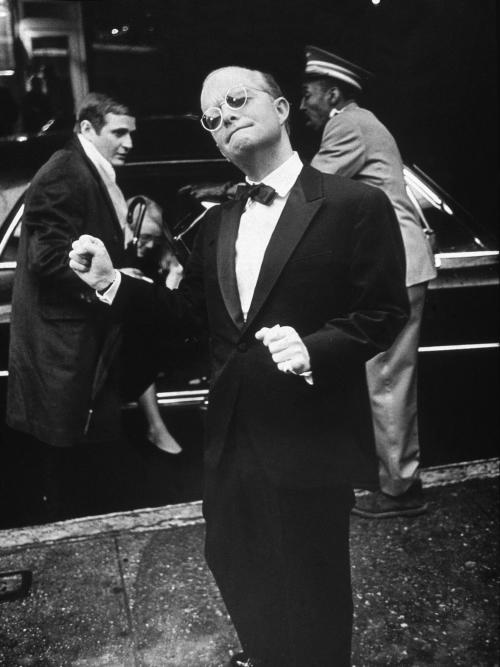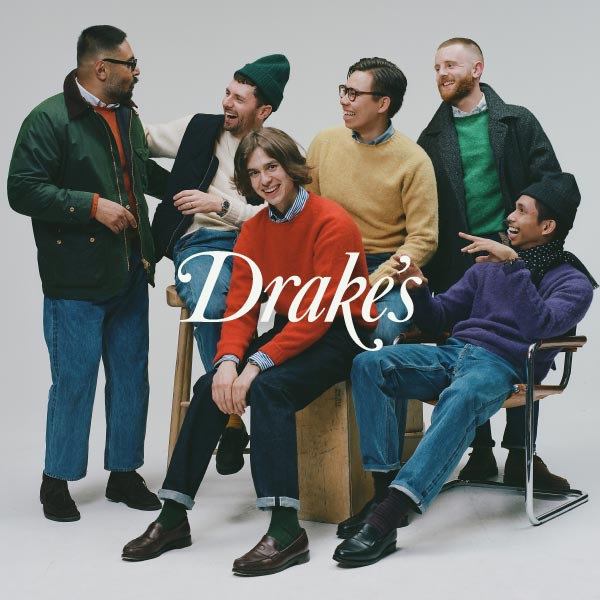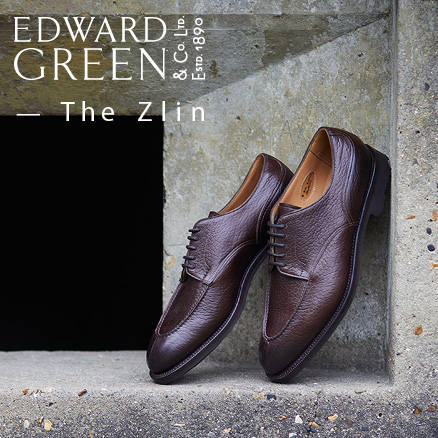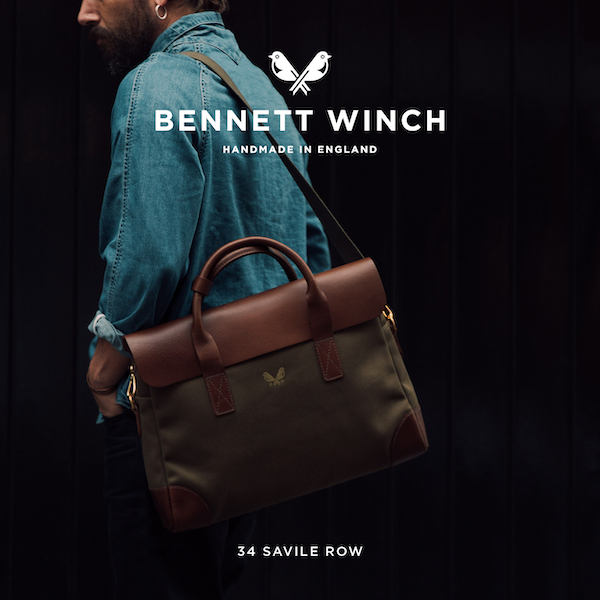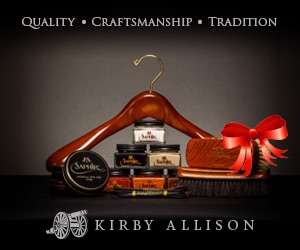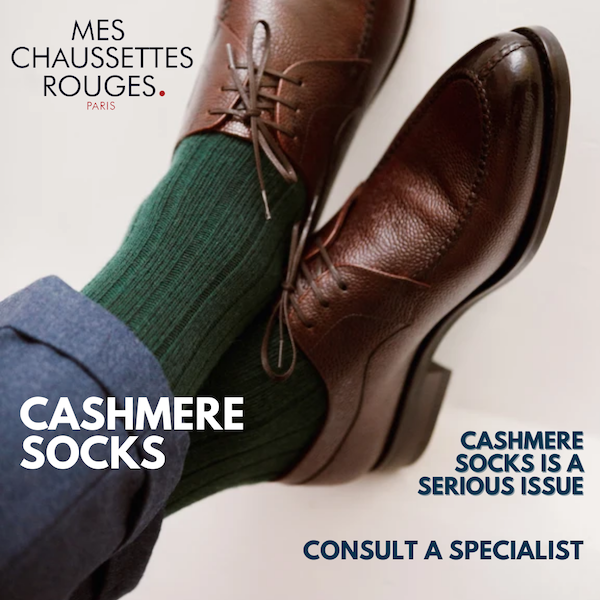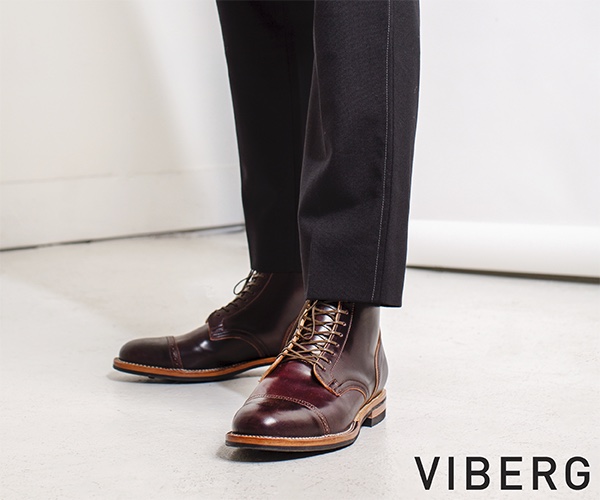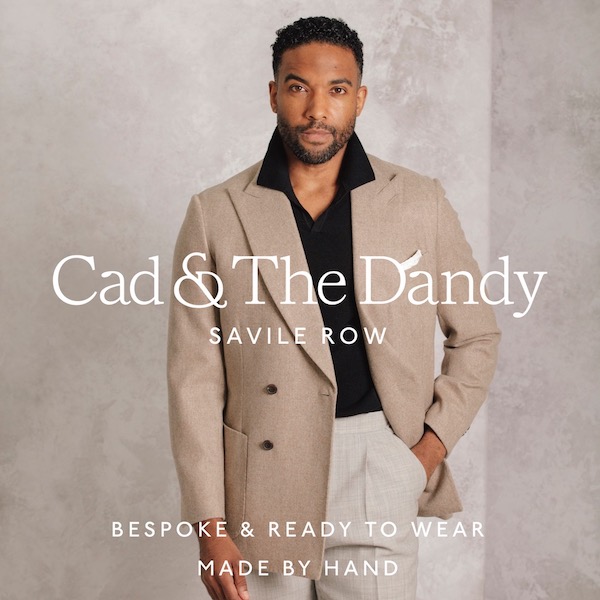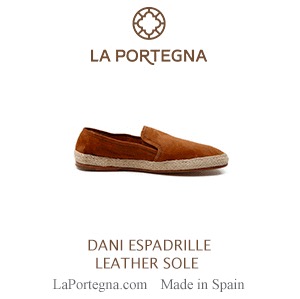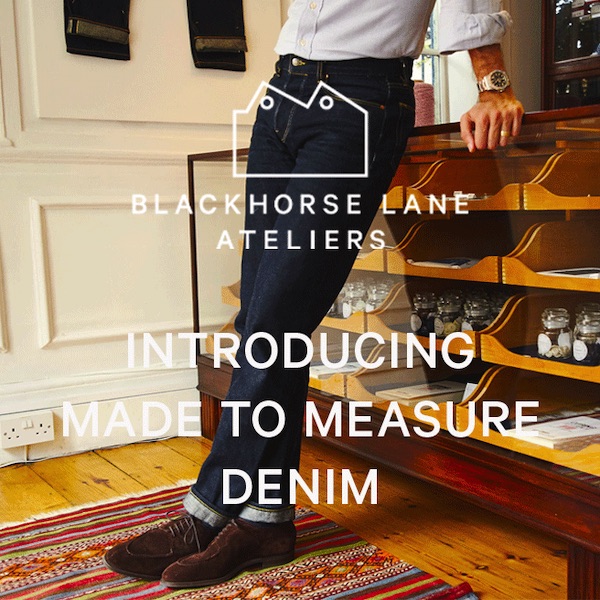Dunhill Tailors: The brothers that dressed the party of the century
*This article is part of a series that looks at the history of New York’s bespoke tailoring. You can see the first, introductory article here and a subsequent piece on Bill Fioravanti here*
By Manish Puri
It’s 1966 and you’re Truman Capote.
You’ve just published In Cold Blood – a novel, hailed by the New York Times as “a masterpiece”, that will go onto become the second best-selling true crime book in history.
You’re flush with cash and preparing to host “The Party of the Century” in the Grand Ballroom of the Plaza Hotel. You’ve received RSVPs from a fabulously eclectic group - film stars, musicians, artists, tycoons, and more young princesses than Disney. The Peter Duchin Orchestra are tuning up and 450 bottles of Taittinger champagne are on ice.
But there’s one burning question: what are you going to wear?
You peer into your closet and reach for your much-loved three-year-old dinner suit. The jacket has a one-button closure, jetted hip pockets and peak lapels that are finished with silk. The label on the inside breast pocket says ‘Dunhill Tailors / New York’.
Founded in 1923, Dunhill Tailors was run by the brothers Block who (appropriately enough) hailed from that City of Brotherly Love, Philadelphia. The elder, Norman (below), moved to New York to study at Columbia College, but found the lure of the Roaring Twenties to be too strong, and quickly became “a fixture on the society nightclub circuit, a young dandy in white tie and tails”.
Norman’s father (William, who’d emigrated from Germany and subsequently built a successful real estate business) wasn’t especially impressed and demanded that his 19-year-old son knuckle down. They agreed that a boutique selling well-made clothes to Norman’s society pals would make for a respectable (and potentially lucrative) living – quite the leap considering Norman would later boast “I can’t sew a stitch”.
What Norman did possess (and I’ve found this to be true of anyone that enjoys a party) was an appreciation of how to set the mood.
And so, to infuse the fledgling business with an air of time-worn sophistication, he casually purloined a name from a local tobacco emporium called Alfred Dunhill of London - a decision that tied him up in various legal actions from 1957 to 1985, when the brothers eventually retired and sold Dunhill tailors to Dunhill Holdings for $3.25m.
(In defence of Norman, Block Tailors only really works as a brand name if you’re selling ready-to-wear).
In 1928, younger brother Leon (above) joined the business, and the pair embarked on several trips to London, commissioning suits from the great bespoke houses of Savile Row along the way.
Once back in the US, these suits were picked apart to try and unweave the rainbow of English style and structure to help inform the Dunhill Tailors house look.
Of the siblings, Leon turned out to have the better eye for design and so he was mostly responsible for the look of their custom suiting. His talents even stretched to women’s clothing, which he sold under an eponymous label because “Leon Block of Dunhill Tailors [would require] a label so big there would hardly be room for a lining”.
Not surprisingly, this criss-crossing between New York and London begat a house style that Bruce Boyer defined to us as “mid-Atlantic, a bit of Ivy mixed with a bit of British, characterised by a middle-of-the-road philosophy of everything in moderation. “Quiet yet stylish […] well-fitted garments that spoke softly but carried a lot of weight”.
It was a style that ultimately secured a place in the Met’s collection (the suit gifted by Lauren Bacall in 1967), despite the waning affections of the city’s tastemakers over the years.
This New York Magazine article from 1988, written a few years after the sale to Dunhill Holdings, pulls no punches: “All in all, it’s more of a continental (rather than Ivy) board-chairman style. In a way, that’s its problem. The suit had its heyday in the late fifties. Now it’s in need of an update, especially with Dunhill eager to attract a new generation of customers”.
That heyday style is exemplified by a selection of garments offered at auction by Bonhams in 2006.
Amongst the lots that comprised The Private World of Truman Capote were two suits - a grey pinstripe flannel and a navy wool (above) - that were typical of Dunhill Tailors in the late 50s and early 60s: “conservatively narrow” lapels, natural shoulders, side-vents, jetted pockets, three-button closure and with a slim profile to help the wearer appear trim at the waist.
After careful examination of the pattern-matching on the shoulder and sleeve, I’m convinced that the auctioned grey pinstripe (commissioned in 1965) is the very same suit worn by Capote in this renowned Irving Penn portrait (photographed in 1965).
And Capote was just one of Dunhill Tailor’s illustrious and moneyed clientele (a bespoke suit in 1982 cost $1500). “The upper crust”, as Norman referred to them, “[men who] know exactly what they are buying and can evaluate the fabrics and workmanship and styling precisely for the most part”.
Over the years, the Block brothers counted these men amongst their regular customers:
- Cary Grant: “He developed his distinctive walk because [] he found that his clothes looked better that way”
- Paul Newman: “A wonderful person but [] I don't think he ever cared that much about clothes and now he likes to appear in blue jeans”
- Several Rockefellers: “We can't sell David Rockefeller of the Chase Manhattan Bank a hand-sewn suit, he happens to have a figure that can be perfectly filled in a ready-made suit from off the rack, so he sensibly takes advantage of the fact.”
- George Hamilton: Whose Dracula they outfitted for the 1979 film Love at First Bite – presumably using a supernatural shoulder.
And, as the business grew in prominence, Dunhill Tailors responded by moved their premises uptown over the years.
Starting in 230 Fifth Avenue (which is now home to a very popular rooftop bar), then to 39 West 32nd Street, onto 1 West 52nd Street, before finally settling at 65 East 57th Street in 1955 – where they remained for thirty years until they retired.
The store on 57th Street (“the grand boulevard of Manhattan’s Crosstown routes”) was an understated but occasionally forbidding space with “dimly lighted carriage lamps, dark panelled walls and deeply cushioned leather chairs”. The kind of place that the jacket below, a cashmere smoking piece made in 1981 for John Hay Whitney, would have seemed very at home.
When an out-of-towner remarked that the premises (pictured above in a 1972 illustration by Loretta Lustig) store looked like a private club from the outside, Norman, ever the attentive host, assured him that he was open to all and demonstrated this by inviting him in and permitting the visitor to purchase $4000 of merchandise.
It was this combination of Norman’s nose for business and “debonair manner” that seduced many a customer (“one fellow told me that he went in for a couple of ties and ended up with a camel hair polo coat”) and helped grow annual sales to over $2 million a year in the mid-1970s.
By this point Dunhill Tailors were offering custom/bespoke suiting and a range of ready-to-wear garments that extended to fur coats, although custom suiting still accounted for over $1 million a year in the early 1980s.
That ready-to-wear range included robes, fur coats (see two images below) and suits that Alan Flusser rhapsodised about in his 1981 book Making the Man: “For the price, there is probably no better made ready-made suit anywhere in the world”.
A perfect example is worn above by Bronx-resident Brandon Mitchell above, who picked up this navy worsted pinstripe in a Salvation Army in New York. Most likely from the 1970s, it is labelled as made by Dunhill Tailors' “Ready Tailored Department". Over an email exchange he kindly provided some more details:
“It's cut with more shape than a typical American suit of the era (it's darted) and is two-button as opposed to the usual three. It also has double vents, which I think must have been particularly unusual in the US at the time. All of these details, plus the slight roping on the shoulders, point to an American tailoring operation that made suits that pointed subtly in the direction of Savile Row, while still being a bit less rigid than what the Row is known for, and employing a somewhat natural shoulder. The trousers, which take a belt, were originally flat front with turn-ups; due to my height they are now flat front without turn-ups.”
There was one man who seemed immune to the charms of Dunhill Tailors. Norman Block recounts a visit from (then Vice-President) Lyndon B Johnson:
“He came into the store looking for a sports coat. Finding that the coat was a little tight, the fitter pulled out a jack-knife to cut a seam. Immediately, two Secret Service agents grabbed him as Johnson turned around and saw the knife. ‘Well, boys, it's about time I caught my plane,' Johnson declared, and the three of them left without another word.”
Manish is @The_Daily_Mirror on Instagram
from Permanent Style https://ift.tt/DpPgKSj
via IFTTT
